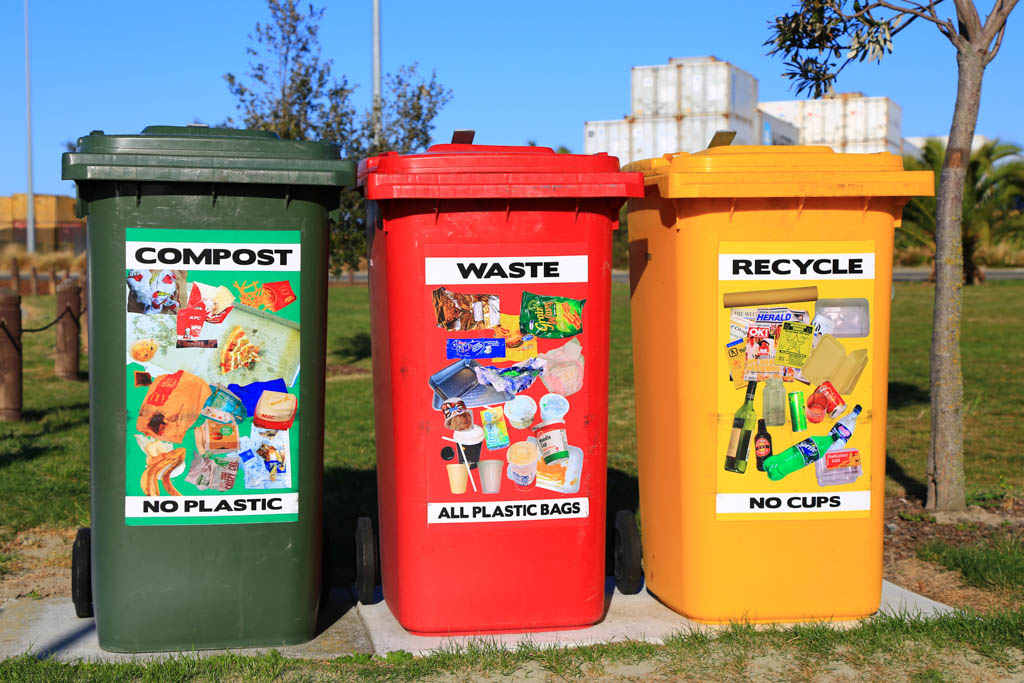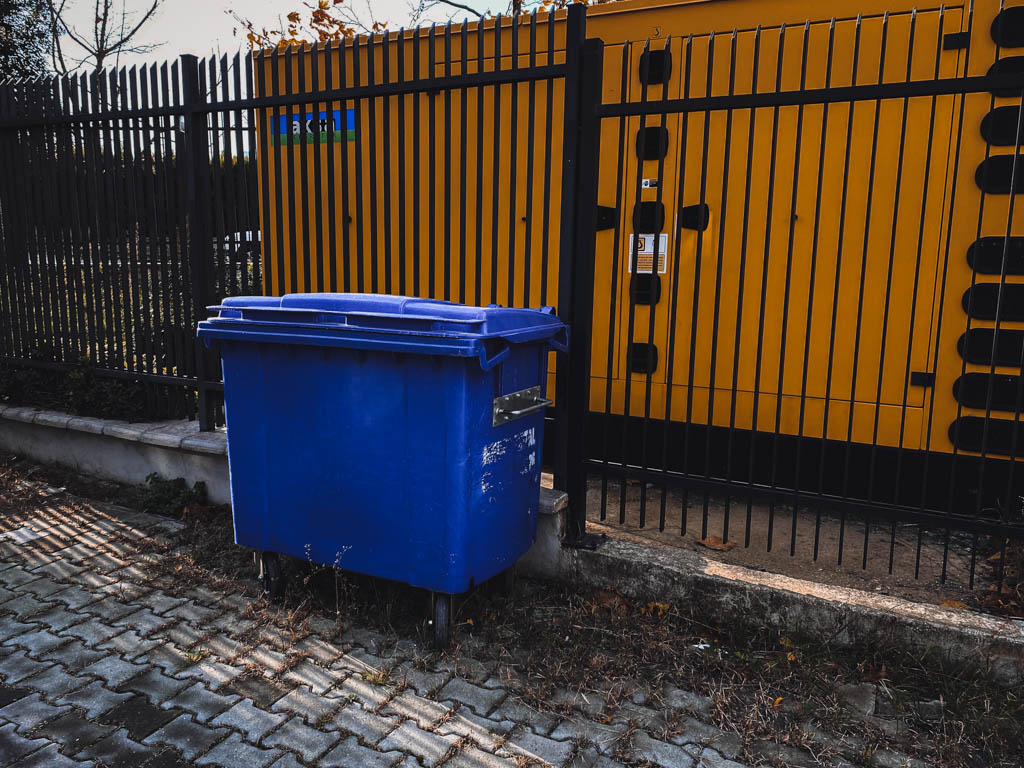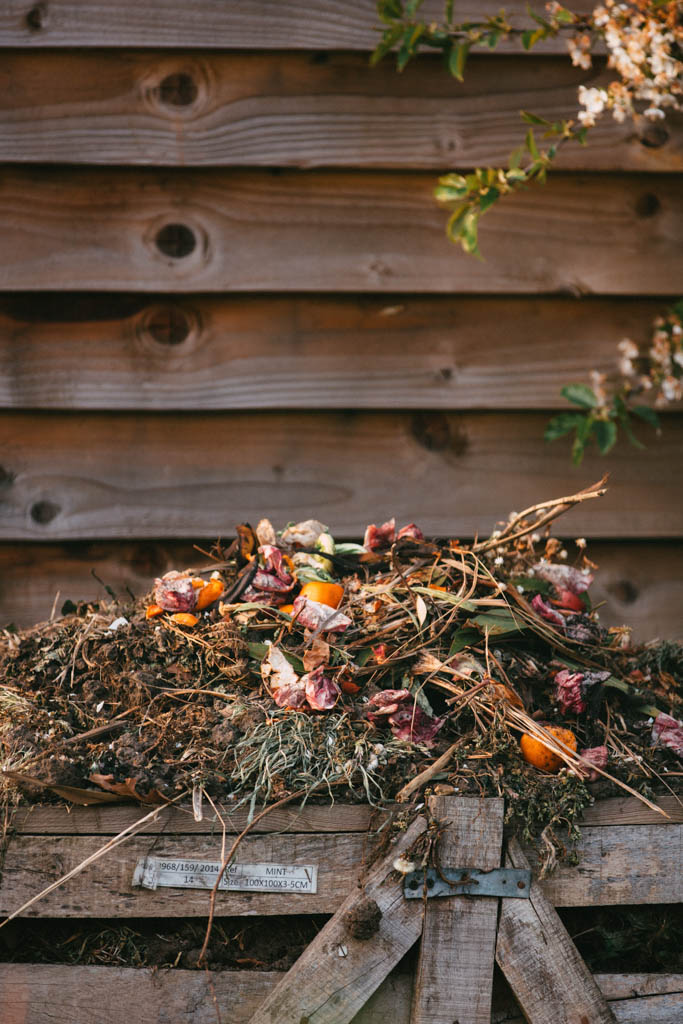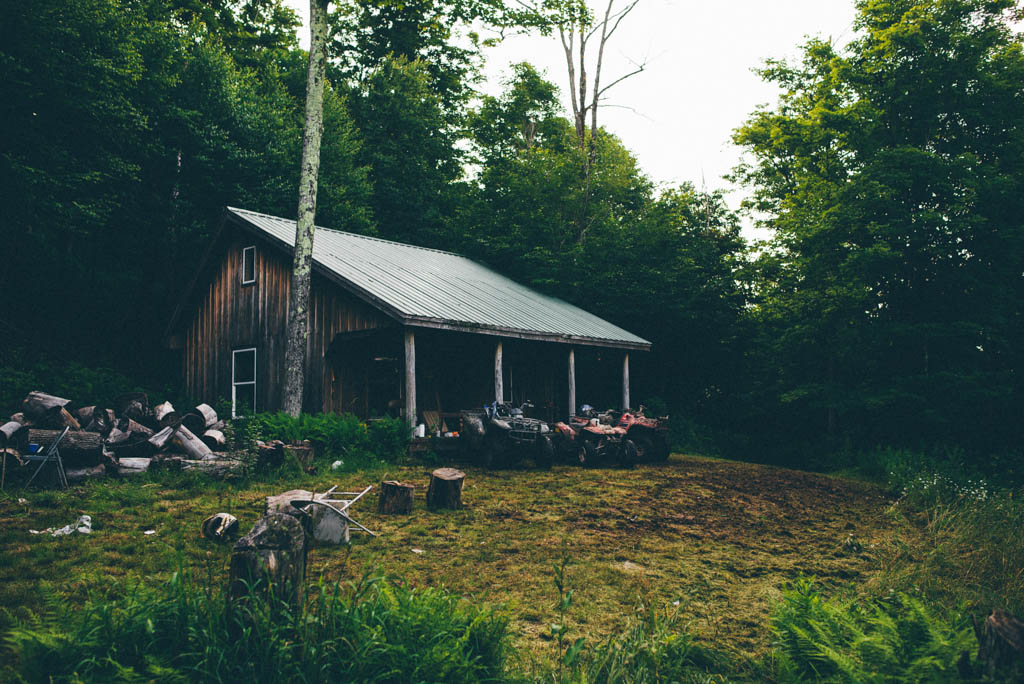As you work around your garden clipping and growing it to perfection, waste will naturally start to build up. This garden waste typically consists of refused materials like leaves, grass clippings, weeds and soil.
While all gardeners are familiar with garden waste, there’s no denying that it can be a hassle to deal with. You can’t just throw it in the kitchen bin with household waste, nor should you want to ignore it (any type of waste is quite the eyesore!).
Garden waste may be a burden in the world of gardening, but luckily, there are some simple ways to keep it under control. This guide will reveal all you need to know.
What To Do With Garden Waste
From keeping up with the recycling to experimenting with compost, you’ll never be short of things to do with your garden waste. Let’s take a look at four simple ways to get rid of it.
1. Put It In A Recycling Bin
The easiest – and cheapest – way to get rid of garden waste is via recycling. Most gardeners choose to get rid of small waste this way as it can be done as you go along, eliminating the chances of making a mess in your beautiful garden.

To keep up with the recycling, get yourself a green waste bin with wheels. The wheels are important, as it makes the bin easy to manoeuvre around, no matter what area you’re working on in the garden.
As you get on with your gardening, simply chuck all of the waste into the recycling bin. It is then down to your waste collectors to take the materials to the recycling depot. Just remember to leave the bin out on collection day!
Putting everything into a recycling bin is great for smaller tasks, but how do you eliminate the larger waste that doesn’t fit? The next three points in this guide will help with that.
2. Head To The Recycling Centre
If you enjoy trips out or have a lot of waste to dispose of, you can take a trip to the recycling centre yourself. Gardeners tend to do this when they fill up their bins too quickly or have a lot of large waste that collectors can’t manage.
All recycling centres have different rules and regulations, so be sure to check the guidelines before you arrive. You’ll need to know what waste they accept and how it needs to be disposed of. Trust us – taking the time to research will save you a lot of hassle when you get there.
Recycling centres are usually free to use but don’t forget that you’ll have to factor in transport costs to get there. With this in mind, recycling centres are the second cheapest option on this waste disposal list!
3. Hire A Dumpster (Occasionally)
Now for a slightly more expensive – but certainly worthwhile – garden waste removal option.
Dumpsters (also known as skips or debris boxes) are large containers that you can hire for a set period of time. These dumpsters are essentially giant bins, meaning you can throw large amounts of waste in them without worrying about running out of space. They are typically used when large garden projects are happening – like tree removals, for example.

When it comes to using a dumpster, the company that you hire one from will usually collect your waste once you’re done with it. Similarly to owning a recycling bin, having someone collect your waste saves a lot of time and hassle.
Dumpsters can be quite expensive to hire, so we recommend only getting one when you know you’re 100% going to use it. Maybe save this waste removal option for when you are carrying out yearly maintenance or plan for huge changes.
4. Compost The Waste
Composting your waste might not be as simple as the other tactics mentioned in this guide, but it sure is a rewarding experience. If you have a serious green thumb, this is definitely the right waste disposal option for you.
To compost your waste, you first need to dedicate an area of your garden to the process. It won’t be the prettiest patch in the garden, so choose a space that isn’t too exposed – the shadier the area, the better.
Next up, get a compost bin in your desired size and shape. If you plan to add to it over time, don’t be afraid to get one that takes up a lot of surface area.

Once you have the bin, fill it with a mix of nitrogen and carbon-rich materials.
Nitrogen-rich waste includes:
- Uncooked vegetable waste
- Grass cutting
- Green vegetation
Carbon-rich waste includes:
- Paper
- Egg boxes
- Wood stems
The combination of nitrogen and carbon helps to create a wet mush that easily absorbs moisture. This allows bacteria to grow, raising the temperature and speeding up the decomposition process. When the waste eventually cools, scavengers like woodlice get to work on breaking the organic matter down further. While it may take time, you’ll eventually end up with compost waste.
Helpful Tips For Composting Waste
- Avoid putting leaves in the compost during autumn
- Try to empty the compost bin during autumn
- Put old carpet on top of the heap to maintain a warm temperature
- Never put cooked foods into the heap
- Never put dairy products into the heap
Help The Environment, One Waste Disposal At A Time
As you can tell from the methods mentioned in this guide, garden waste disposal doesn’t have to be complicated. Keeping on top of gardening waste and recycling it properly will benefit both the appearance of your garden and the environment. It’s a win-win!
Whether using recycling bins for small projects or dumpsters for mammoth tasks, you’ll be sure to feel more organised with these disposal tips in mind. And, if composting sounds like a project you want to get involved in, give it a go! Gardeners naturally have a lot of patience, so turning waste into compost will certainly be a job you can handle.








